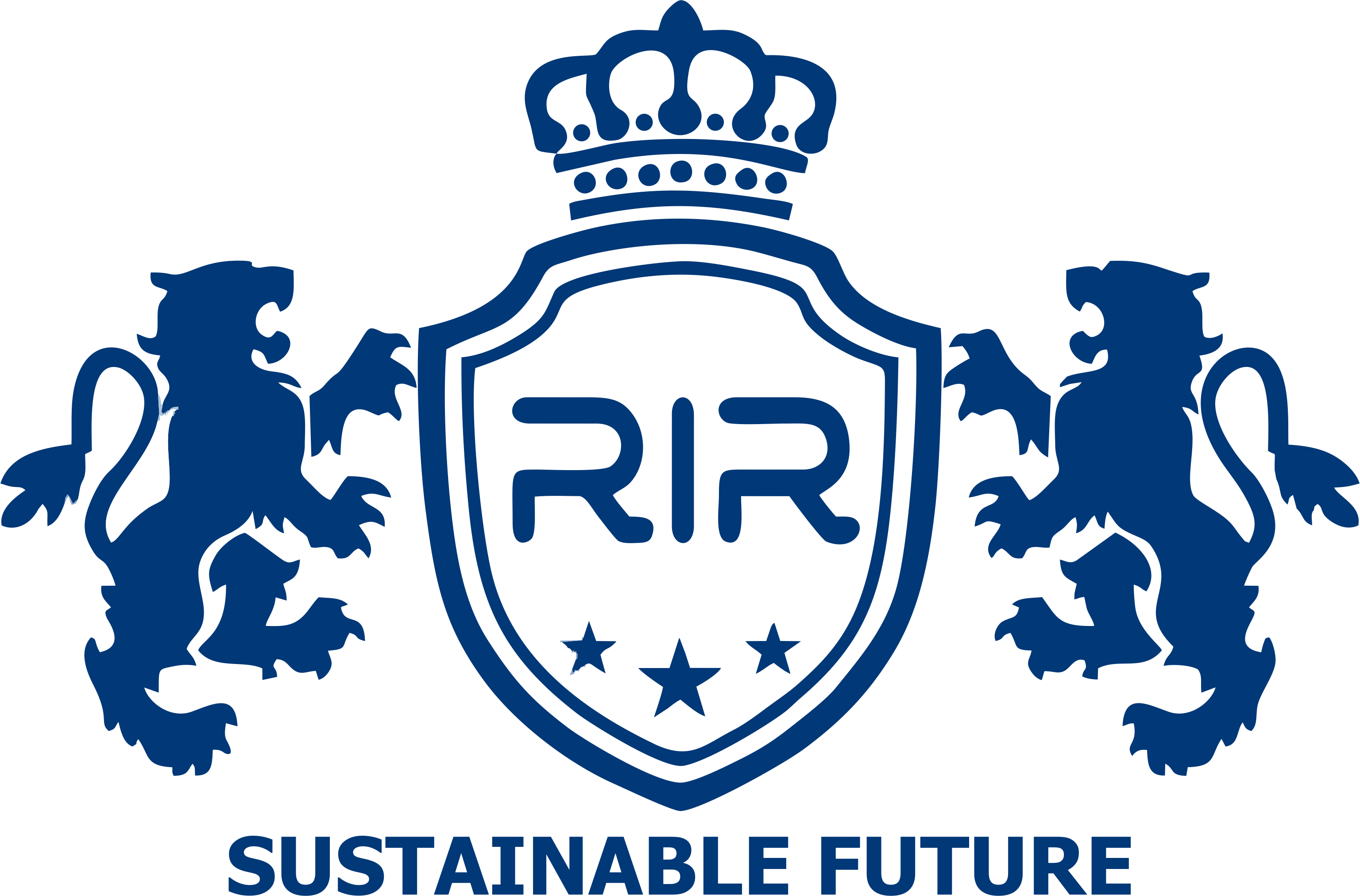HEALTH AND SAFETY MANAGEMENT
ISO 45001:2018
Services
HEALTH AND SAFETY MANAGEMENT
ISO 45001 is an occupational safety and health management system, and the existing OHSAS 18001:2007 standard has been replaced by ISO 45001 in 2018. It provides a framework for managing health and safety management responsibilities through industrial health and safety management systems that are compatible with ISO 9001 and 14001 management systems. This standard has been developed for international use and enables organizations to control health and safety risks and improve performance.
Effective health and safety management systems reduce risks to employees and other stakeholders and help them comply with regulations. As the existing OHSAS 18001 standard expires in March 2021, new customers must proceed to ISO 45001 from March 2020 and existing OHSAS 18001 certified customers must switch to ISO 45001.
• ISO 45001:2018 Requirements
ISO 45001:2018 is applied with high-level structure applied to ISO 9001:2015, and can be managed by integrating with other specifications. In addition, consistent structure, definition, and use of terminology improve the clarity and applicability of standards.
- Scope
- Normative References
- Terms and definitions
- Context of the Organization
- Leadership and Worker Participation
- Planning
- Support
- Operation
- Performance Evaluation
- Improvement
• The importance of ISO 45001
ISO 45001 is ideal for over 90,000 organizations in 127 countries. If your organization needs to show ‘best practices’ for the safety management of those responsible, it will fit you. Royal International Register grants certification to various organizations in various fields, including government offices, manufacturing, service industries, and food companies.
This standard helps with the following particulars
- Identifying hazardous substances in the workplace and conducting effective preventive management
- Preventing injuries and deterioration of health in the workplace
- Reduce costs by reducing field accidents
- Assessment of compliance with legal requirements
- Improving the Safety Environment
- Identifying areas of education and training and qualification requirements
- Increase in productivity
- 8. Complementing the pre-registration process of the customer
- Promoting Corporate Responsibilities
